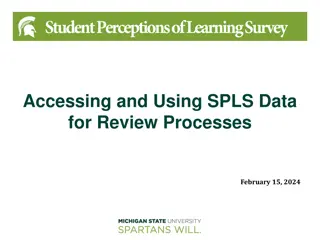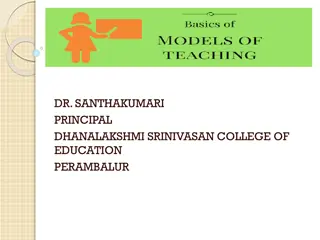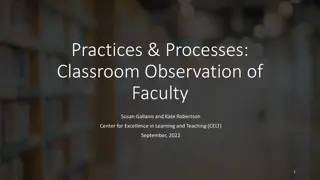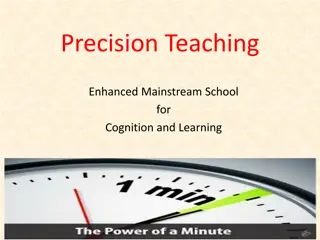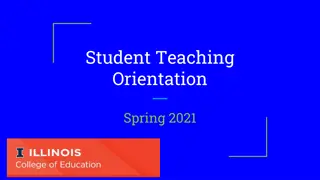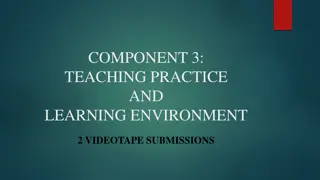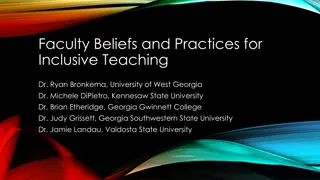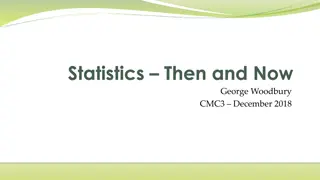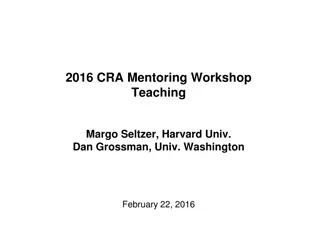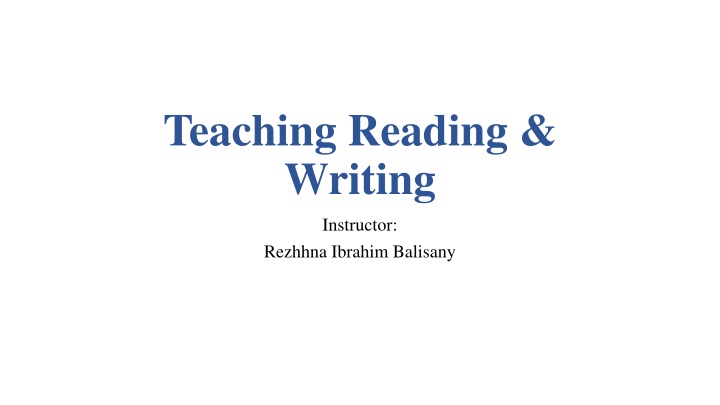
Effective Lesson Planning for Teaching Reading and Writing
Learn the importance of lesson planning for educators, including defining lesson plans, benefits for teachers, components of a lesson plan, and why it is crucial for organizing and assessing student learning.
Download Presentation

Please find below an Image/Link to download the presentation.
The content on the website is provided AS IS for your information and personal use only. It may not be sold, licensed, or shared on other websites without obtaining consent from the author. If you encounter any issues during the download, it is possible that the publisher has removed the file from their server.
You are allowed to download the files provided on this website for personal or commercial use, subject to the condition that they are used lawfully. All files are the property of their respective owners.
The content on the website is provided AS IS for your information and personal use only. It may not be sold, licensed, or shared on other websites without obtaining consent from the author.
E N D
Presentation Transcript
Teaching Reading & Writing Instructor: Rezhhna Ibrahim Balisany
LESSON PLANNING lesson plan is defined as an Outline of the important points of a lesson arranged in the order in which they are to be presented to students by the teacher.
Lesson Plan A lesson plan is the teacher's guide for running a particular lesson, and it includes the goal (what the students are supposed to learn), how the goal will be reached (the method, procedure) and a way of measuring how well the goal was reached (test, worksheet, homework, etc.)
Lesson Planning The teacher should know beforehand what to teach and how to teach . He should have the clear aim of the lesson before him and should plan accordingly. The teacher should know how he/she should introduce and present the lesson and the aids that he will make use of. The teacher should also know how to evaluate the lesson in the light of the aim set.
Why is lesson planning important? To organize the lesson To determine method of its delivery to assess students learning Being clear on what you want to teach. Being ready to cope with whatever happens. Give your teaching a framework, an overall shape. Areminder for the teacher when they get distracted. It suggests a level of professionalism and real commitment.
Benefits that teachers get from their teaching plan 1) To make the teacher aware of the aims and language contents of the lesson. 2) To help the teacher distinguish the various stages of a lesson and to see the relationship between them so that the lesson can move smoothly from one stage to another. 3) Proper lesson planning gives the teacher opportunity to anticipate potential problems that may arise in class so that they can be prepared with some possible solutions or other options for the lesson. 4) Lesson planning gives teachers, especially novice teachers, confidence in class.
Components of a Lesson Plan background information, teaching aims (what language components to present, what communicative skills to practice, what activities to conduct and what materials and teaching aids to be used), language contents (grammar, vocabulary, functions, topics and so on) and skills (listening; speaking; reading and writing), stages (the major steps that language teachers go through in the classroom) and procedures (detailed steps in each teaching stage),
Components of a Lesson Plan teaching aids, end of lesson summary, optional activities and assignments, teacher s after- class reflection.
Stages of lesson plan Warm up (Lead-in) and introduction: The first phase is an introduction or starter activity, which includes the presentation of the learning objectives for that lesson. Procedure Materials worksheets, film, text, etc. Presentation: In the second phase, the teacher presents new information about the topic, possibly demonstrating a skill, or developing learners knowledge.
Stages of lesson plan Practice: The third phase gives the children a chance to put their new knowledge or skills into practice Production: The fourth phase is the plenary or learning review, where the children and the teacher summarize, evaluate, and review the learning. Closure Evaluation test, assignment, teacher observation, etc.
What is Warm-Up? Warm ups are activities that teachers can do at the beginning of each lesson. They are great activities for getting students mind warmed up to English. Warm ups come in many shapes and sizes. Often they can be used to review recently learned material. They can also be general knowledge activities or simply brief conversations. The important thing is that they are in English and they give the students a change to awaken their minds to English and prepare for the new lesson.
Things to remember when conducting warm ups in your classroom Start each lesson with a warm up In a forty minute lesson, Warm ups should last for no more than 5 minutes. Activities should be easy and fun and of course in English ! Don t introduce new language in the warm up Activities should be interactive- ALL students should participate Agood warm up can be adapted to any level.
1. Identify the learning objectives Before you plan your lesson, you will first need to identify the learning objectives for the lesson. Typically, it is written in a language that is easily understood by students and clearly related to the program learning outcomes.
2. Plan the specific learning activities What will I do to explain the topic? What will I do to illustrate the topic in a different way? How can I engage students in the topic? What are some relevant real-life examples, or situations that can help students understand the topic? What will students need to do to help them understand the topic better?
2. Plan the specific learning activities It is important that each learning activity in the lesson must be: (1) aligned to the lesson s learning objectives, (2) meaningfully engage students in active, constructive, authentic, and collaborative ways, and; (3) useful where the student is able to take what they have learnt from engaging with the activity and use it in another context, or for another purpose.
3. Plan to assess student understanding The number and type of assessment tasks that will best enable students to demonstrate learning objectives for the lesson Examples of different assessments Formative and/or summative The criteria and standards that will be used to make assessment judgements Rubrics
3. Plan to assess student understanding student roles in the assessment process Self-assessment Peer assessment The provision of feed-back giving feedback to students on how to improve their learning, as well as giving feedback to instructors how to refine their teaching
Lesson Planning Planning a lesson give confidence and self-reliance to the teacher which is of great value for successful teaching. It saves time. Because the lesson is correlated with the social and physical environments of the students, their interest is maintained throughout the lesson.


